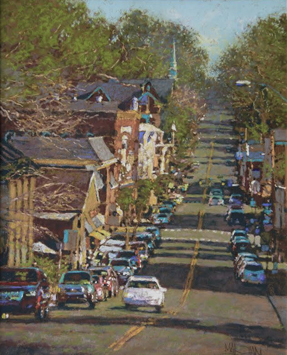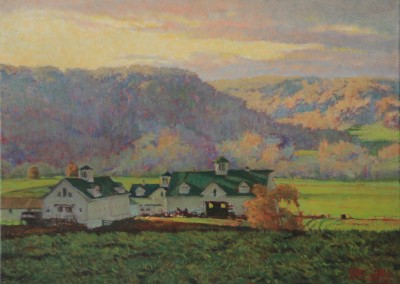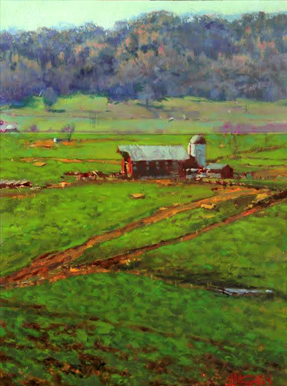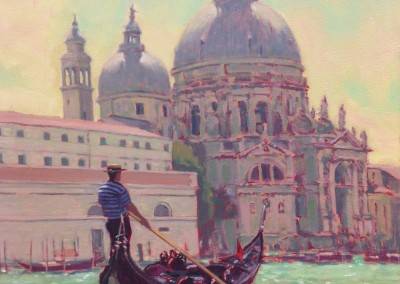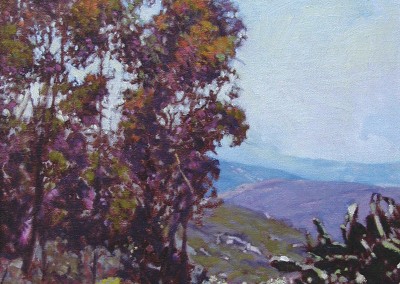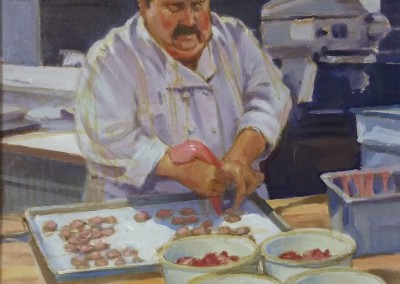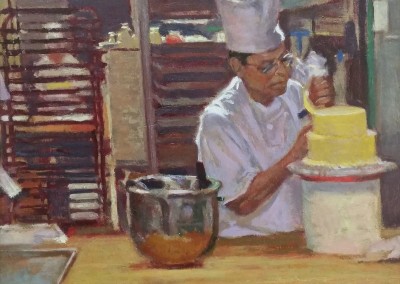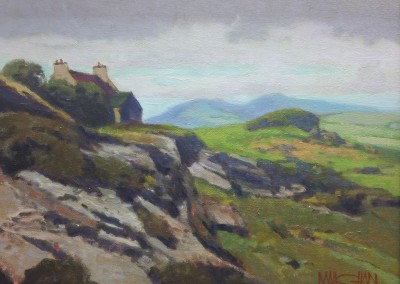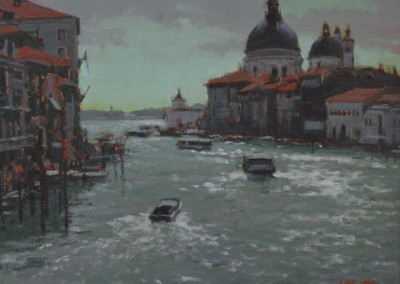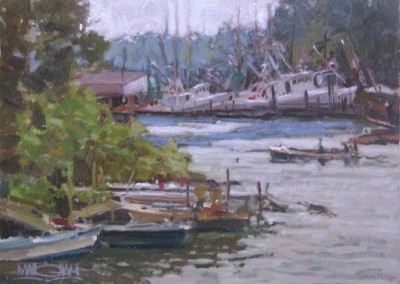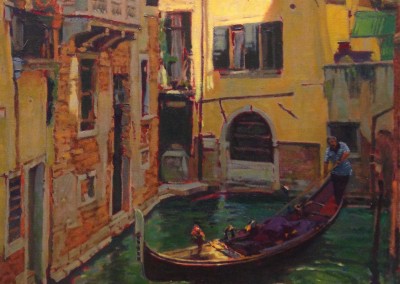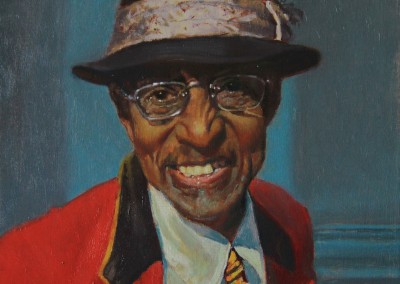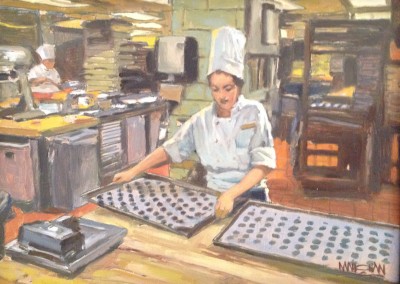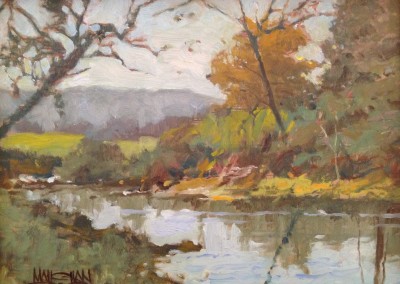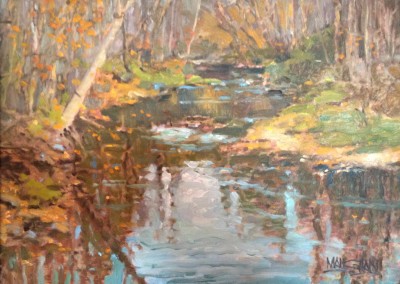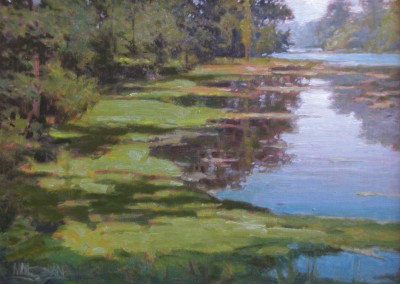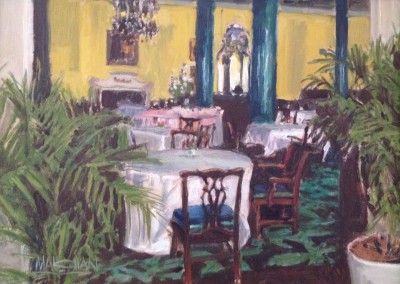William Maughan
 “Richard Stephens, president and owner of the college (Academy of Art College, San Francisco) asked me, ‘What school would you send your children to if they wanted to become traditional painters like yourself?’ This was an interesting question considering I was in my sixteenth year of teaching various painting and illustration classes at another college at the time. The program was not a traditional one and I honestly could not think of a single school that taught the art of still life, landscape and figure painting.”
“Richard Stephens, president and owner of the college (Academy of Art College, San Francisco) asked me, ‘What school would you send your children to if they wanted to become traditional painters like yourself?’ This was an interesting question considering I was in my sixteenth year of teaching various painting and illustration classes at another college at the time. The program was not a traditional one and I honestly could not think of a single school that taught the art of still life, landscape and figure painting.”
Bill was born in Long Beach, CA, received a BFA in Illustration from Pasadena, and moved to New York City where he was selected to work with some of the top illustrators of the day and companies such as Oxford University Press, Chevrolet, and Cosmopolitan. Exposure to original works has always had great effect on the direction of Bill’s vision. Seeing Don Crowley’s work in Sedona in 1981 and later Monet’s paintings in Paris have served to open doors in Bill’s painting process bringing about a new color theory of broken secondary color that we see in Bill’s work today.
Bill developed the Fine Art Department at the San Francisco Academy of Art College in 1989 in response to the dearth of traditional art instruction in the US. He staffed his fledgling department with active professional artists who were encouraged to teach part time, reserving time and energy for their main careers as painters. He began the Foundations Department in 1994 to prepare students in the basics of realism-based drawing, color, and composition under the tutelage of award-winning professionals, and has headed the Fine Art and Illustration Graduate programs since then.
Click for press coverage of William Maughan
Sold Works
William also wrote “The Artist’s Complete Guide to Drawing the Head”. An innovative guide, Maughan demonstrates how to create a realistic human likeness by using the classic and highly accurate modeling technique of chiaroscuro (Italian for “light and dark”) developed by Leonardo da Vinci during the High Renaissance. Maughan first introduces readers to the basics of this centuries-old technique, showing how to analyze form, light, and shadow; use dark pencil, white pencil, and toned paper to create a full range of values; use the elements of design to enhance a likeness; and capture a sitter’s gestures and proportions.


